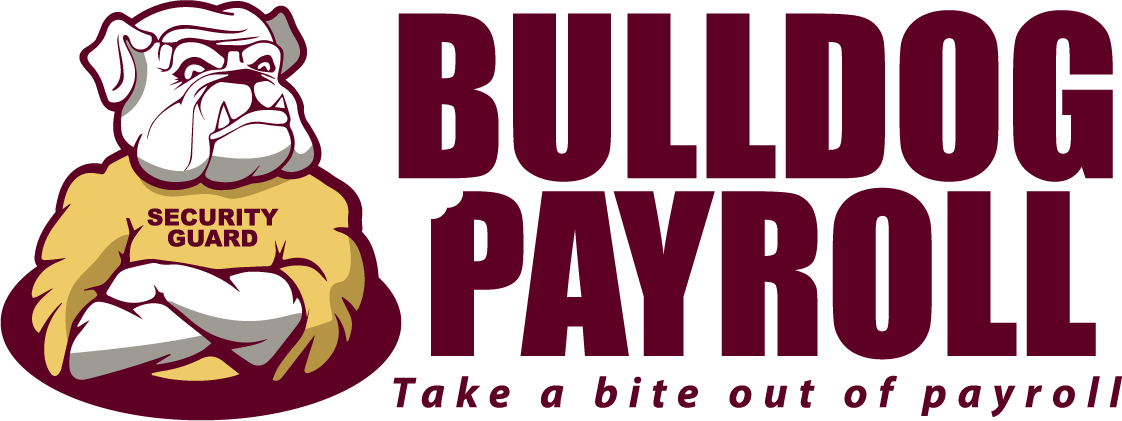What Does Payroll Software Do
Have you ever wondered how businesses manage their employee salaries, deductions, and taxes without going haywire? It's all thanks to payroll software. In this comprehensive guide, we'll dive into the world of payroll software and discover how it can revolutionize your business operations. From calculating salaries to generating payslips, payroll software has got you covered. So, let's dive in and find out what payroll software does and how it can make your life a whole lot easier.
Automated Salary Calculations: Say Goodbye to Manual Errors
One of the most significant advantages of payroll software is its ability to automate salary calculations. By inputting essential employee information, such as hours worked, hourly wages, or salaries, the software can effortlessly compute the pay for each employee. This not only saves time and effort but also reduces the likelihood of human errors in calculations.
Payroll software is designed to handle a wide range of calculations, including regular pay, overtime, bonuses, commissions, and other types of compensation. By setting up predefined rules and formulas, the software can accurately compute these different forms of pay based on employee data, work schedules, and performance metrics. This ensures that each employee is paid correctly according to their individual compensation agreements, without the need for manual calculations and adjustments.
Automated salary calculations also help maintain consistency and compliance with applicable labor laws and regulations. By automating salary calculations, payroll software frees up valuable time for your HR and payroll staff, allowing them to focus on other important tasks and responsibilities.
Deductions Management: Stay Compliant and Accurate
Effectively managing
deductions is a crucial aspect of payroll processing. With various deductions such as taxes, insurance premiums, retirement contributions, and garnishments to consider, maintaining accuracy and compliance can be challenging. Payroll software simplifies this process by automating deductions management, ensuring that your business remains compliant with local, state, and federal tax laws while avoiding penalties and ensuring accurate financial reporting.
Payroll software is designed to stay up-to-date with ever-changing tax laws and regulations. It can automatically calculate and withhold the correct amount of federal, state, and local taxes based on employee information and the latest tax tables. The software can also accommodate different tax filing statuses and exemptions, ensuring that each employee's tax withholding is accurate and compliant.
Payroll software simplifies this process by automatically calculating and withholding the appropriate amounts from employees' paychecks, based on their elected contribution rates and employer matching policies. This automation ensures that retirement contributions are consistently and accurately managed, promoting long-term financial security for your employees.
Managing deductions for employee benefits, such as health, dental, and vision insurance, can be complex, particularly when considering factors like tiered coverage levels and dependent coverage. Payroll software can easily manage these deductions by integrating with your benefits administration system. By doing so, the software can automatically calculate and apply the correct premium deductions based on each employee's benefit selections, ensuring accuracy and simplifying benefits management.
In certain situations, employers may be required to withhold and remit a portion of an employee's wages to satisfy legal obligations, such as child support, alimony, or tax levies. Payroll software can manage these garnishments and wage attachments by calculating the correct deduction amounts based on court orders or other legal documents.
Customizable Payslip Generation: Empower Your Employees
A clear, detailed payslip is essential for employees to understand their earnings and deductions. With payroll software, generating payslips becomes a breeze. These software solutions often come with customizable templates, allowing you to create professional and informative payslips that cater to your organization's unique requirements. Additionally, many payroll software systems offer digital payslips, making it easy to distribute them to employees via email or an online portal.
Is payroll a thorn in your side? Let us handle all the stress related to payroll so you don't have to...
Time and Attendance Tracking: A Seamless Integration
Payroll software can also integrate with your organization's
time and attendance systems, providing an accurate record of employee hours worked. This integration allows the software to automatically calculate overtime, leave, and other time-based variables that impact an employee's pay. By streamlining the time tracking process, payroll software ensures accurate payments and simplifies administrative tasks for HR and management.
Tax Filing and Compliance: Leave the Paperwork to the Pros
Filing taxes can be a daunting task for any business owner. With constantly changing tax laws and regulations, staying compliant can seem like an uphill battle. Fortunately, payroll software can make tax filing a breeze. These systems can automatically generate tax forms, calculate liabilities, and even submit filings to the appropriate tax agencies. By automating this process, businesses can reduce the risk of errors and late filings, saving time and money in the long run.
Reporting and Analytics: Unlock the Power of Your Payroll Data
Payroll software doesn't just help you manage your payroll; it can also provide valuable insights into your business's financial health. Robust reporting and analytics tools within payroll software can help you identify trends, monitor expenses, and optimize your payroll processes. By leveraging this data, businesses can make informed decisions to improve their bottom line and stay competitive in the marketplace.
Scalability and Adaptability: Growing with Your Business
As your business expands, your payroll needs may change. The beauty of payroll software is its ability to scale and adapt to your organization's evolving requirements. Whether you're adding new employees, changing compensation structures, or expanding into new locations, payroll software can accommodate these changes with ease. This flexibility ensures that your payroll system remains efficient and effective, regardless of how your business grows.
Conclusion
Payroll software is an indispensable tool for businesses of all sizes, offering a plethora of benefits that streamline payroll processes, reduce errors, and ensure compliance with tax laws. By automating salary calculations, deductions management, payslip generation, time and attendance tracking, tax filing, and providing valuable reporting and analytics tools, payroll software simplifies the complex world of payroll management.
As your business grows and evolves, payroll software's scalability and adaptability make it a reliable partner in your organization's success. So why wait? Embrace the future of payroll management today and discover how payroll software can revolutionize your business operations.
Schedule a free consultation today!
Is payroll a thorn in your side? Let us handle all the stress related to payroll so you don't have to...










